I regularly make reference to art history in my work, both directly and indirectly, and my composition notebooks uncover just how often my ideas are sparked by my constant looking back.
There have been obvious nods to famous paintings, most notably my first large-scale drawing ever, Everything that stands will be at odds with its neighbor, and everything that falls will perish without grace. (2003), which emulates the composition and the there’s-a-lot-happening nature of Hieronymus Bosch’s The Garden of Earthly Delights (1490).
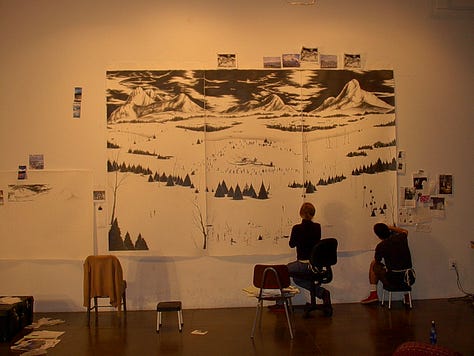
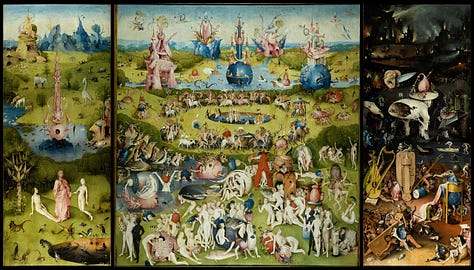
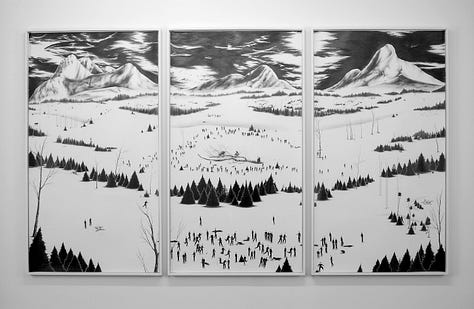
There have also been more subdued references to paintings I love. In an obsessive oil pastel drawing on paper, I reference Monet’s Impression Soleil Levant (1872) only through the title and the fact that there appears to be a sun and a body of water in both pieces.
“Impression Soleil Levant, Yesterday” was made slowly throughout the years 2013-2018 and consists almost entirely of tiny pieces of oil pastel (about the size of an ant) cut from the pastel sticks and smushed carefully onto the surface of the paper with the back of my thumbnail.
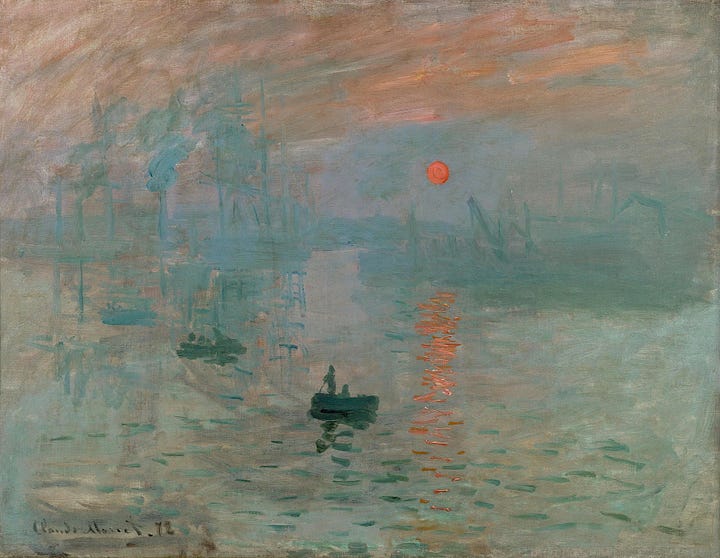
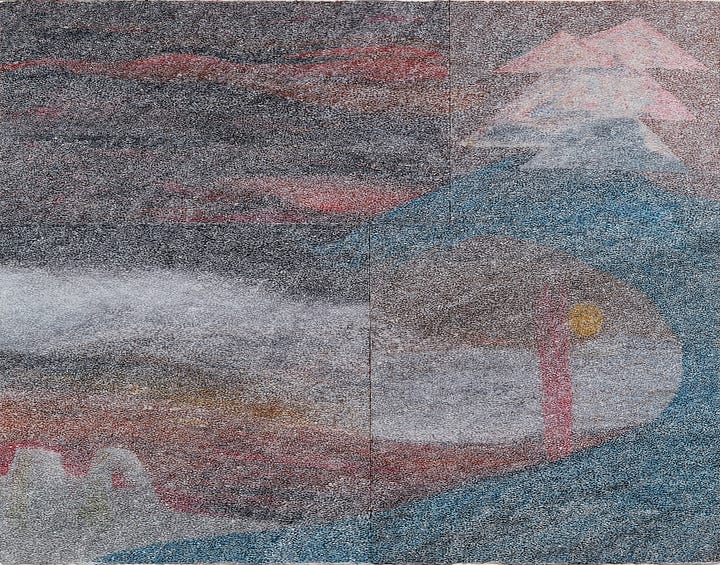
Seeing the above oil pastel piece makes me miss that maniacal process. It comforted me. And I was just getting used to drawing with a regular old pencil again! Oh, the brain of an artist…ever-changing, ever-aggravating. Dear Lord, please stop my body from wandering into my studio late tonight to unearth my oil pastel box and X-ACTO knife with plans of collecting minuscule pieces of color that my eyes can barely see in order to make another pointillistic drawing that will take five years to complete. Thank you and Amen.
Next, there is my dear, cherished Giotto and his frescoes at the Scrovegni Chapel in Padua, Italy (1305). To some degree, the images within the Scrovegni Chapel have inspired most of my drawings to date.
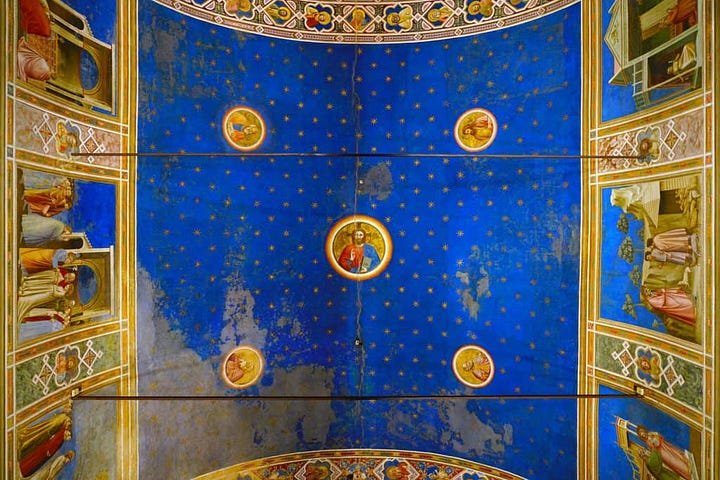

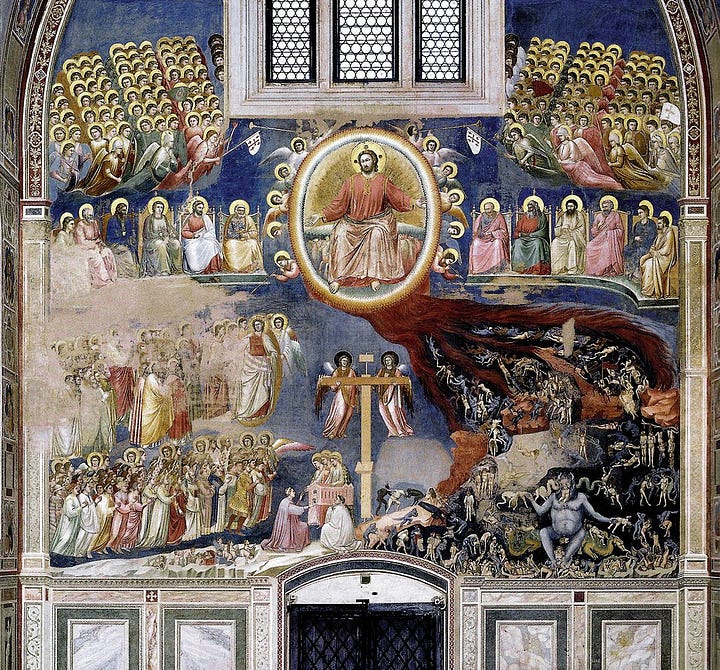
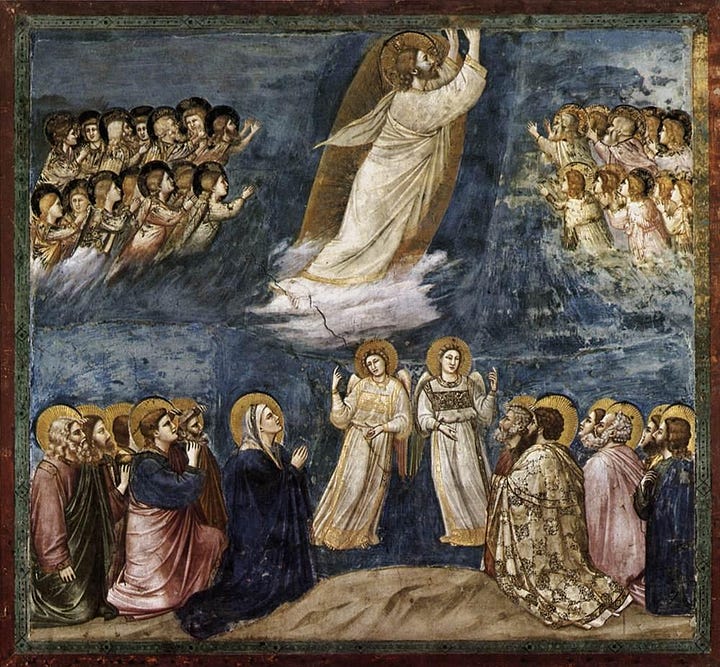
As you may have noticed, I draw floating/ascending/falling-from-the-sky characters even more often than I draw them grounded to the surface of the Earth. I have dozens of reasons for this, some of them private and personal, but most of them due to my love of Medieval and Early-Renaissance religious painting. And if you’ve ever studied work from these times, you’ll notice that along with angels, the earthbound also appear to be levitating most of the time. At least that’s how I see it. It’s unstable, slightly uncomfortable, puzzling and awkward, and because of all of this, the paintings become all the more resonant and haunting.
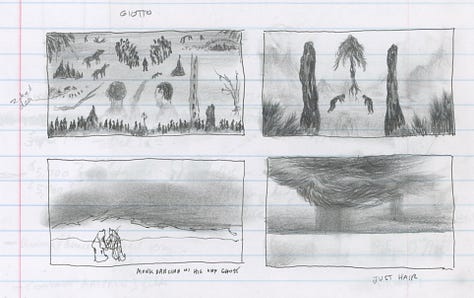


My drawing The Dismantling (2011) was my take on certain details of The Ascension section of Giotto’s Cycle of the Life of Christ.
Fast-forward to the 1580’s, as for El Greco, I don’t remember being even slightly moved by any version of The Tears of Saint Peter (~1587), but I sure do reference this painting frequently in my composition books. So far, nothing besides these tiny, pointless sketches has ever come from my forgotten fixation on these paintings. But even looking at the Saint Peter paintings today, I don’t feel a thing, so maybe I have better things to focus on. No offense, El Greco. Normally, you’re wonderful.
Finally, there is something that torments me every time I think of Francisco Goya, and I think of him a lot. Goya’s The Straw Manikin is ranked high atop my Top Ten Favorite Paintings of All Time list (raise your hand if you’d like that full record sometime), and I’ve been trying to conceive of a drawing that honors it for at least fifteen years.
There are dozens of thumbnail sketches in my books that attempt to translate this irresistible image of Goya’s into my world, but sadly, it’s yet to come to fruition.
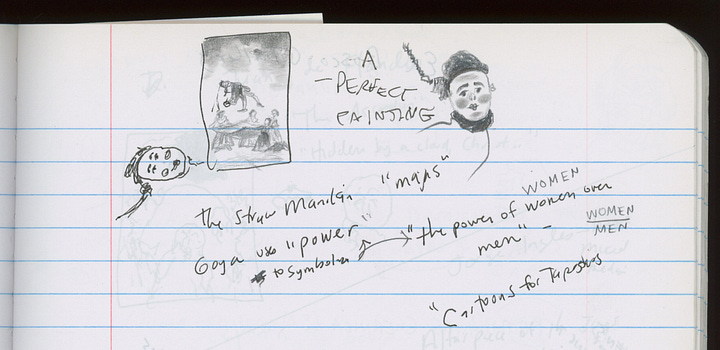



This seems unrelated, but stick with me - sometime in 2010, I read an article with the title “Gunman kills 2 clowns in Columbian circus” and have yet to get over the heartbreak I felt because those two men were called “clowns”, even in death.
My ideal plan is to develop a drawing that somehow emotionally portrays a combination of the tragedy of these two dead “clowns” married with the terror I feel when looking at The Straw Manikin. And in case it isn’t clear, the way my brain translates what it’s inspired by is never an A+B=C equation. The drawing will most likely not contain mannequins, clowns, or smiling women. For all I know, it might be enacted through images of a lake and five beached whales. We’ll just have to see.
And if this long-awaited drawing does one day actualize, you’ll be the first to know. Then we can all be pleased that I finally properly honored Goya and the two dead men who just happened to be clowns.
“I intended an Ode” - Vladimir Nabokov
p.s. I already got out my box of oil pastels. Uh oh.





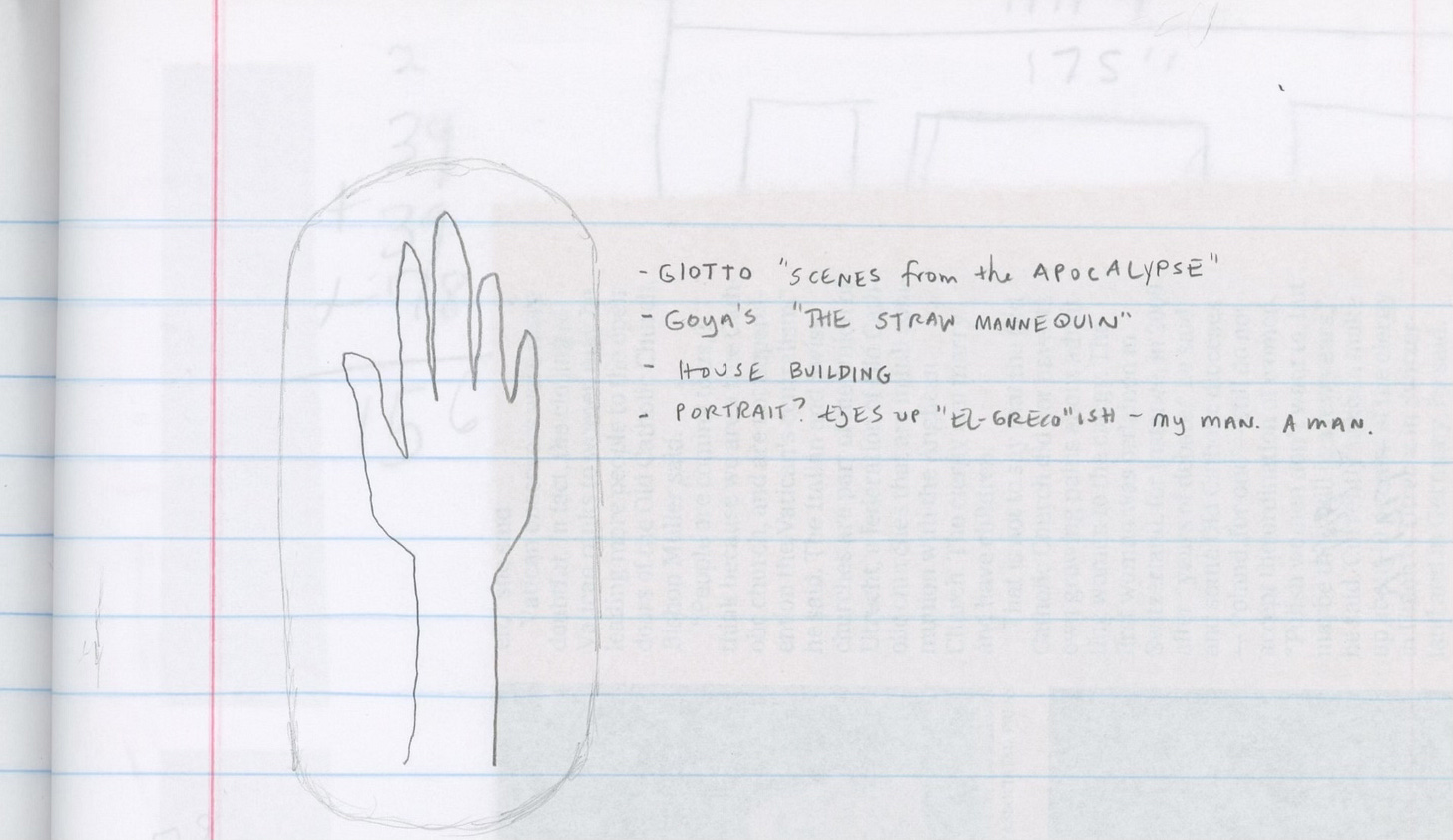


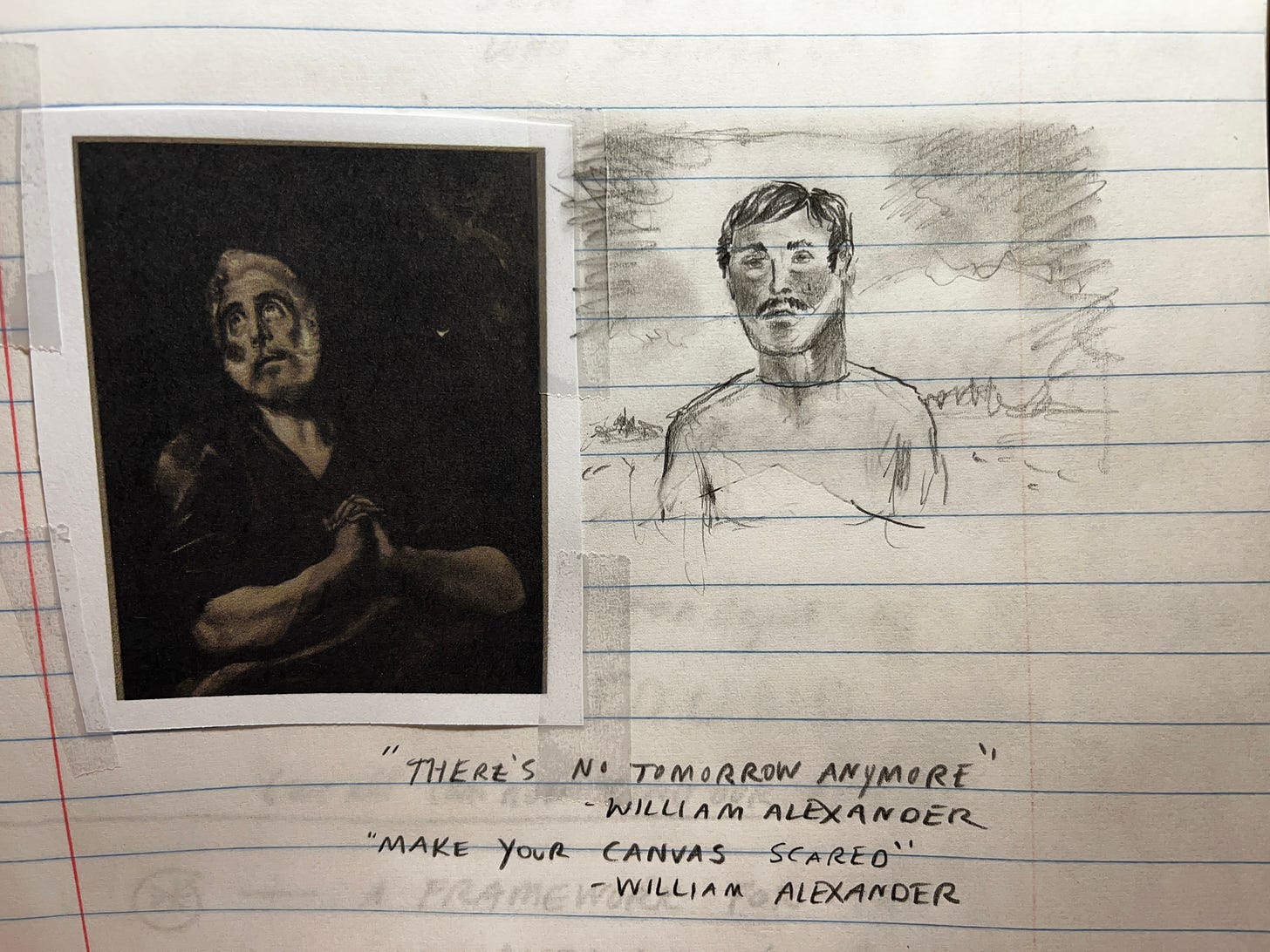
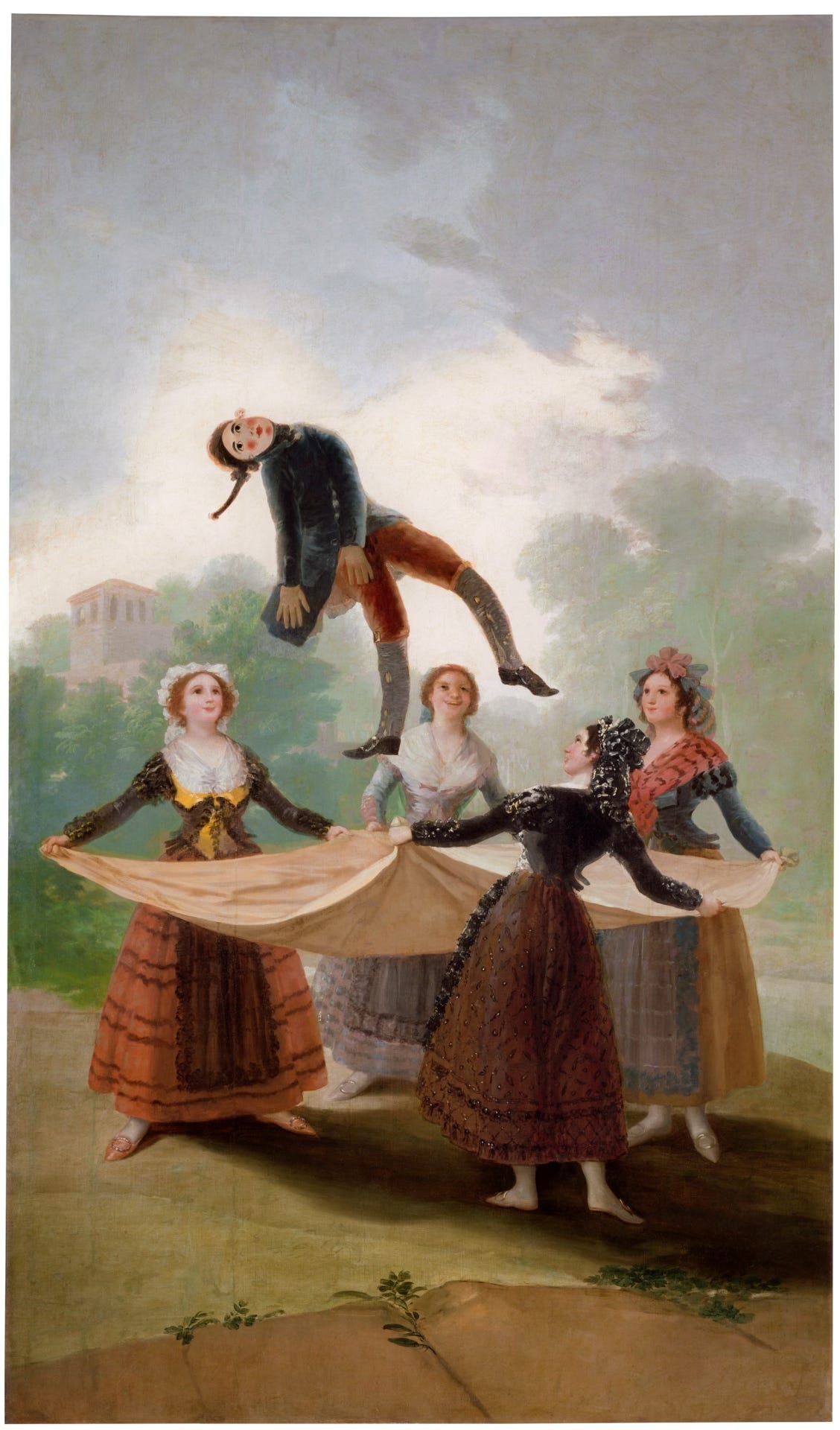


Yes please for the Top Ten Paintings of All Time list!!
Hand also raised for the Top Ten list!! I love this post so much - it's so fun to learn more about art history through your eyes and see the million little notes and details that made it into your work. And somehow I had never seen that painting by Goya! Truly terrifying...in the best way.